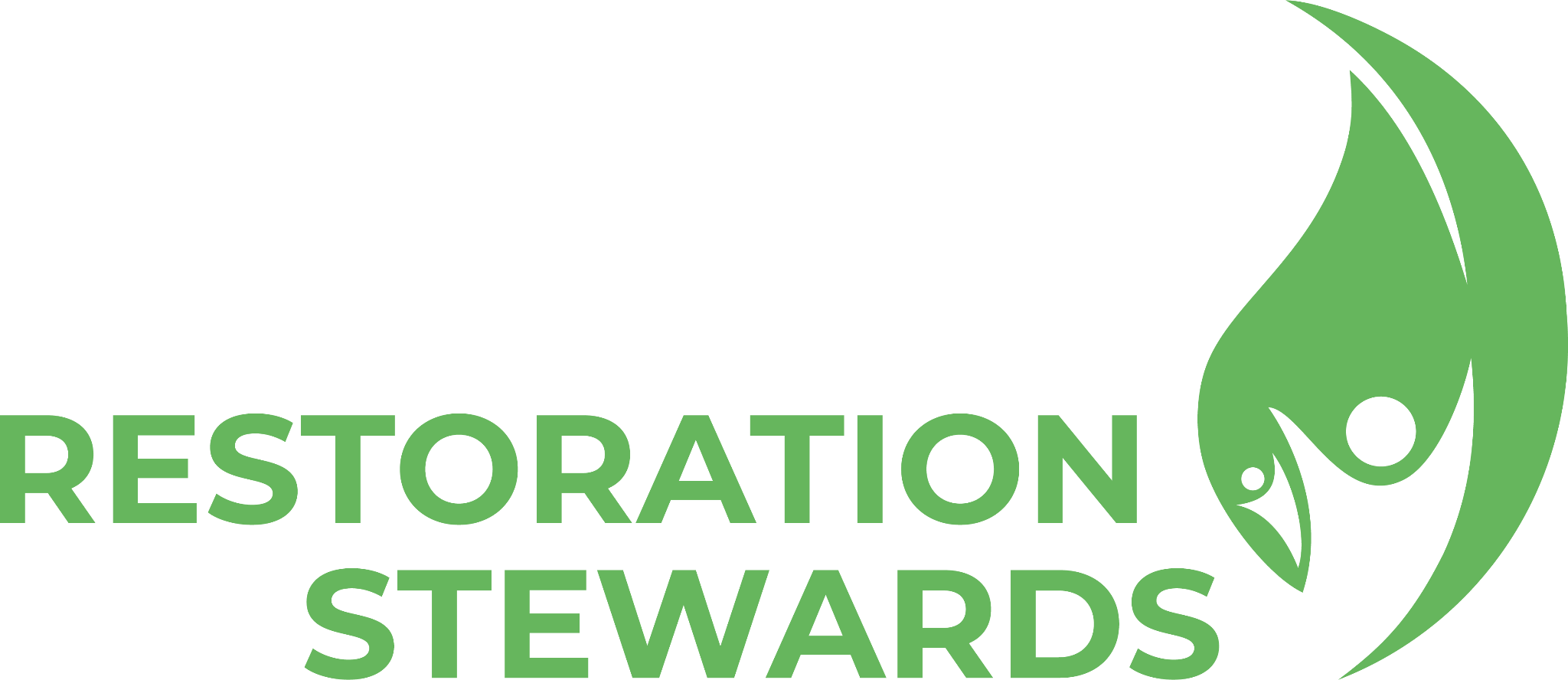Ramat: Supporting natural regeneration in the Ndoto, Kenya
‘Ramat’ (Samburu for protecting)
Nature and People as One (NaPO) is a grassroots restoration and conservation initiative working in the four water towers in northern Kenya — important areas in the Kenyan drylands for both biodiversity conservation and climate change adaptation.


Our project is focused on the Ndoto Mountains, an important ecosystem that provides dry-season refuge and pasture for the Rendille and Samburu communities. It is also home to endangered wildlife, such as the elephant, wild dogs, and Grevy’s zebra.
The project aims to use our ‘Ramat’ (Samburu for ‘protecting’) model, which embraces farmer-managed natural regeneration (FMNR), a low-cost, simple, sustainable land regeneration practice that communities can use to relatively quickly and efficiently restore their land, increase productivity and build resilience. Ramat builds on the Indigenous knowledge and structures of the Rendille and Samburu.
‘Ramat’ specifically works with native species like the Acacia tortillis, which are naturally occurring and regenerating in the project sites, helping to improve biodiversity and the conservation of local ecology while providing communities with firewood and fodder.
Why Ramat?
Conventional approaches to reversing desertification, such as planting tree seedlings raised in nurseries, rarely spread beyond the project boundary once external funding is withdrawn. Particularly in arid and semi-arid areas, the scarcity of water makes tree planting projects prone to failure. By comparison, Ramat is cheap, rapid, locally led and implemented, using local skills and resources, making it highly successful.
‘Ramat’ also provides an entry point for the development of complementary livelihood activities such as beekeeping and hay production, which have been shown to be effective businesses for communities, especially in dryland areas.


Our objective is to increase the involvement of communities to protect and restore degraded dryland ecosystems in Marsabit in northern Kenya. We currently have three sites covering a total of 45 acres in the surrounding ecosystem, managed by three community groups of about 20 members each.
Moving forward, we are looking to scale ‘Ramat’ to more sites in the Ndoto ecosystem to provide benefits to both nature and communities. Additionally, we are looking to scale up the model to our other target areas in northern Kenya.


